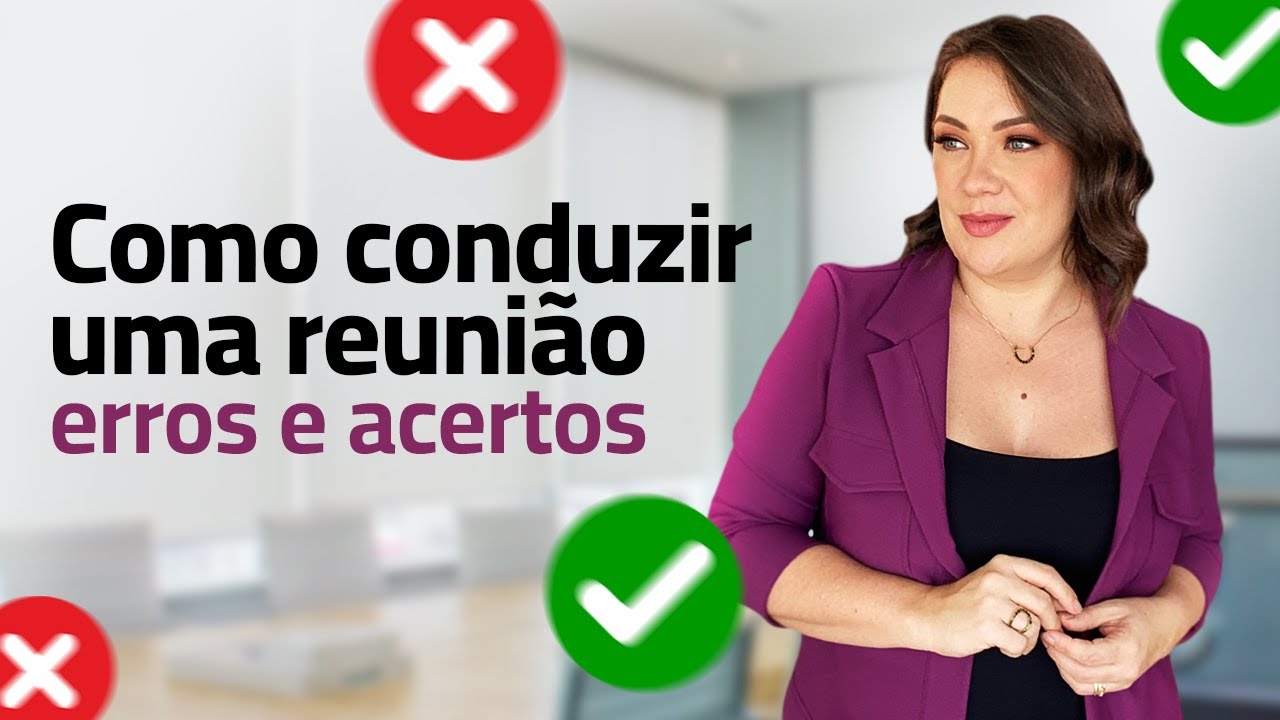How to Run an Effective Meeting 5 Tips
Summary
TLDRThis video script offers five essential tips for running effective meetings, including having a clear leader, a written agenda sent out in advance, setting expectations for each participant, encouraging maximum participation, and setting a clear time limit. A bonus tip is to facilitate team interaction rather than just running the meeting, creating a dynamic and collaborative discussion.
Takeaways
- 😀 Always have a designated leader for meetings to ensure direction and clarity.
- 📝 Send a written agenda beforehand to allow participants to prepare effectively.
- 📋 Agendas can be informational or problem-solving; tailor them to the meeting's purpose.
- 👥 Clearly communicate individual roles and expectations to enhance participation.
- 🗣️ Encourage maximum participation by preparing and asking clear discussion questions.
- ⏰ Set a clear time limit to maintain focus and efficiency during meetings.
- 👍 Positively reinforce participation and contributions from team members.
- 🌟 The bonus tip: Facilitate conversation rather than dominating it to foster collaboration.
- 🔄 Create a 'star' communication pattern where team members interact with each other, not just the leader.
- 📈 Use time limits to keep the meeting on track and ensure every moment is valuable.
Q & A
What is the main message of the video?
-The video provides five tips for running effective meetings, including a bonus tip, to ensure meetings are productive and well-organized.
What is the first tip for running an effective meeting?
-The first tip is that every meeting must have a clear leader who is responsible for driving the meeting.
Why is having a written agenda important?
-A written agenda is important because it allows participants to prepare beforehand and ensures that everyone is on the same page during the meeting.
What are the two main categories of agendas mentioned in the script?
-The two main categories of agendas are those that focus on sharing information and those that focus on decision-making or problem-solving.
How should a leader communicate their expectations to participants before a meeting?
-The leader should communicate expectations by sending out the agenda and providing specific instructions to each participant on how they should prepare and contribute to the meeting.
What is the role of the leader in encouraging participation during the meeting?
-The leader should encourage maximum participation by preparing good discussion questions and facilitating the conversation to ensure everyone's input is valued.
Why is setting a clear time limit important for meetings?
-A clear time limit ensures efficiency, keeps the group focused, and prevents wasting time. It also puts pressure on the leader to manage the meeting effectively.
What is the bonus tip mentioned at the end of the video?
-The bonus tip is to leave more space for team members to talk to each other, facilitating a dynamic and collaborative discussion rather than running a series of one-on-one conversations.
How can a leader ensure that meetings are not a waste of time?
-A leader can ensure meetings are not a waste of time by following the tips provided in the video, such as having a clear leader, written agenda, clear expectations, encouraging participation, and setting a time limit.
What is the significance of the sign mentioned at the beginning of the video?
-The sign serves as a reminder of the basic yet crucial elements needed for an effective meeting: a leader, an agenda, and a time limit.
How can a leader facilitate better discussions during meetings?
-A leader can facilitate better discussions by providing a stimulus, asking clear prepared questions, and encouraging team members to talk to each other instead of just responding to the leader.
Outlines

This section is available to paid users only. Please upgrade to access this part.
Upgrade NowMindmap

This section is available to paid users only. Please upgrade to access this part.
Upgrade NowKeywords

This section is available to paid users only. Please upgrade to access this part.
Upgrade NowHighlights

This section is available to paid users only. Please upgrade to access this part.
Upgrade NowTranscripts

This section is available to paid users only. Please upgrade to access this part.
Upgrade NowBrowse More Related Video

Como conduzir uma reunião produtiva? - Método Efeito UAU

Leadership Skills: How to Be a Good Manager and Leader (120 Tips) | Effective Management Skills

Lead a Meeting in English | 10 Must-Have Strategies Plus Example Phrases

Tips & Strategies for Effective Differentiation & Instruction.wmv

How To Introduce Yourself To Client - How To Set Up Initial B2B Meeting

10 Top Tricks for Beginners that every freelancer should know! Freelancing Series - Part -08 🚀
5.0 / 5 (0 votes)